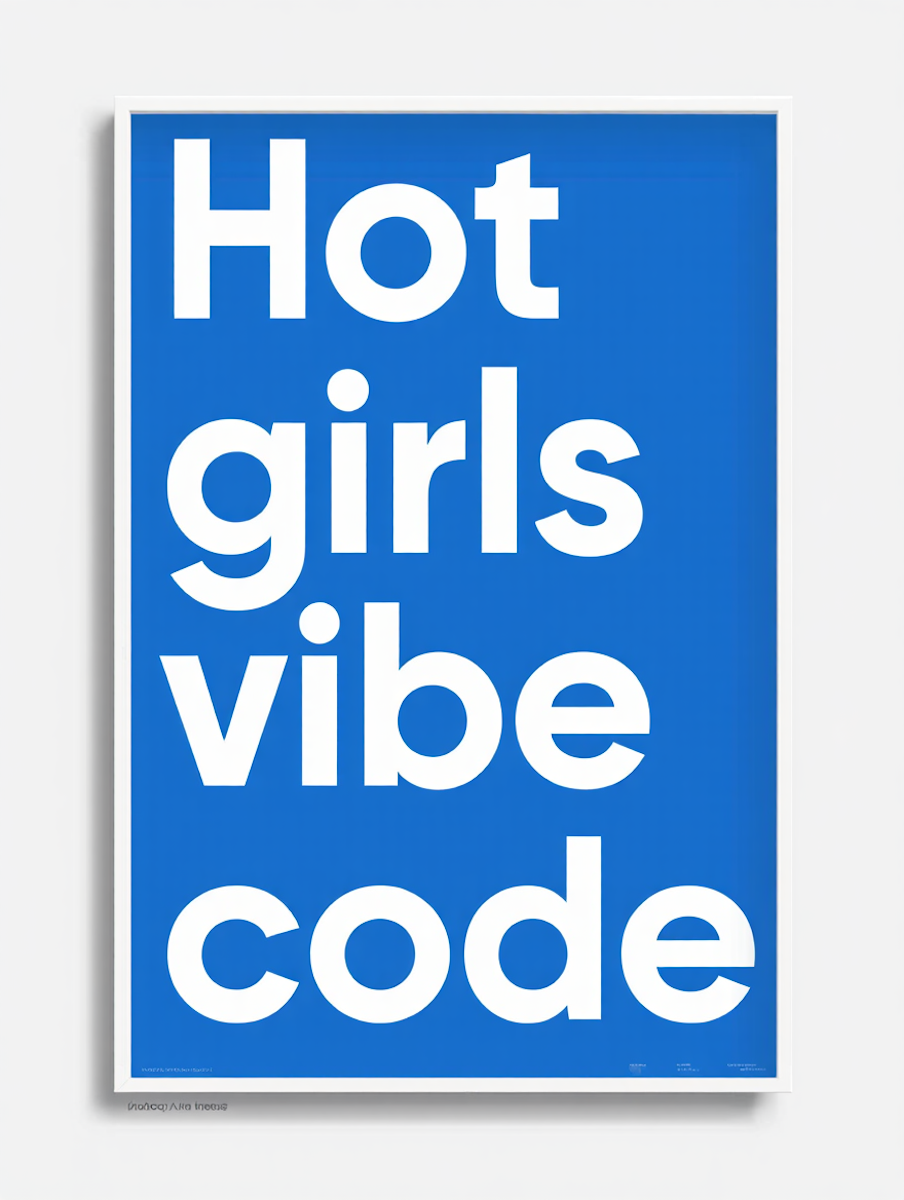Dynamic Brand Guidelines: Why Static PDFs Are Dead
Get weekly strategy insights by our best humans

In today’s digital-first world, static brand PDFs are digital fossils. They might look sleek, but they fail to serve the needs of distributed teams, fast-paced brand evolution, and multimedia content. As companies evolve their offerings and enter new markets, brand leaders need tools that match their velocity, and static PDFs aren’t it.
Enter dynamic brand guidelines: a living, digital-first system that enables real-time collaboration, multimedia flexibility, and ongoing updates. They don’t just define a brand’s look and feel; they operationalize it across every touchpoint.
What Are Dynamic Brand Guidelines?
Dynamic brand guidelines are interactive, cloud-based systems that centralize your brand identity in an adaptable and accessible format. Unlike traditional PDFs, which are static snapshots, dynamic guides are built to evolve.
Features typically include:
- Modular sections for mission, values, tone of voice, visual identity, and more
- Support for rich media (video, motion design, interactive examples)
- Real-time updates and version control
- Integration with design tools and digital asset libraries
- User access control and engagement analytics
Dynamic brand guides are more than visual standards—they’re operational systems that keep teams aligned as brands scale. They allow marketers, designers, and external partners to work from a single source of truth, without the overhead of emailing the latest PDF version or manually updating templates.
They also serve as internal culture tools. When your brand’s story, tone, and look are well-articulated and accessible, it strengthens internal alignment, especially during onboarding or after organizational change. Dynamic systems ensure that new hires absorb the latest brand reality, not an outdated snapshot.
Why Static PDF Brand Guidelines Are Obsolete
Culture is not static—it's in constant motion. From shifting political climates to generational values, technological breakthroughs to platform behaviors, what people expect from brands evolves rapidly and often unpredictably. As soon as one narrative takes hold, a counter-narrative is already forming.
This volatility means brands that anchor themselves to yesterday's norms run the risk of losing relevance fast. A brand tone that felt forward-thinking last year may now feel out-of-touch. Visuals that once stood out may now feel derivative. Language that once connected may now alienate.
Dynamic brand guidelines give you the cultural agility to keep pace. They allow you to sense and respond to shifts in language, aesthetics, and audience expectations—without overhauling your identity. Instead of guessing where the culture is going, you can adapt in real time, keeping your positioning strong and resonant.
Here’s the problem with static PDFs:
- Versioning chaos: One minor update creates multiple outdated versions across teams, making it hard to ensure consistent usage.
- Lack of interactivity: You can’t demo a hover state or brand animation in a PDF, nor show how your brand sounds in a podcast or looks in a dark mode UI.
- Poor accessibility: Distribution is manual, adoption is low, and updates are often buried in email chains.
- Limited utility for global teams: Time zones and languages compound distribution delays, and managing multiple brand guides becomes a full-time job.
In a world where creative teams update assets every 6–12 months, static documents age fast—and they break faster. Worse, they train teams to treat brand as something static, rather than something adaptive.
The rigidity of PDFs also limits cross-functional innovation. If your brand team wants to add interactive content, dynamic layouts, or localization tools, a PDF just can’t support it. Static guidelines discourage experimentation by design.
Key Benefits of Dynamic Brand Guidelines
Switching to dynamic guidelines delivers measurable benefits:
- Consistency across channels: Centralized systems ensure everyone’s working from the same playbook.
- Effortless updates: Modify brand assets in real-time without chasing down teams.
- Global team alignment: Give distributed teams instant access to the latest standards.
- Higher engagement: Interactive formats drive adoption and understanding.
- Built-in analytics: Track how guidelines are accessed and which areas are most used.
- Scalable governance: Add permissions, localizations, and workflows as your brand scales.
Companies that adopt dynamic brand systems report much fewer brand errors and faster onboarding time for new employees. These benefits compound over time, especially as brand complexity increases.
Some platforms even allow annotation features, usage dashboards, and feedback collection, making your brand guide a two-way communication tool rather than a static resource.
How to Create a Dynamic Brand Guide: Blueprint for Marketing Leaders
Here’s how to build your own dynamic guide:
Step 1: Define Core Elements
Start by defining the non-negotiables:
- Mission, vision, and values
- Tone of voice and messaging pillars
- Visual identity (logo usage, typography, colors)
- Imagery, motion, sound, and accessibility standards
Use a narrative framework to ensure these elements link your strategic story. Also, consider documenting real-world use cases. Show how your brand appears in a product onboarding flow, a video ad, or a social media post. Context makes rules easier to follow.
Step 2: Choose the Right Platform
Platforms like Figma, Zeroheight, Frontify, and Notion offer collaborative templates and embed capabilities. Choose one that integrates with your design and asset stack. For startups, Notion or Figma might be enough. For scaleups, Frontify or Bynder offer more governance.
Evaluate features like:
- Role-based access controls
- Version history
- Template libraries
- Localization support
- Analytics and search
Step 3: Embed Digital Asset Management (DAM)
Link brand assets directly to your guideline using a DAM. This ensures logos, templates, and visuals are always up-to-date and accessible. Avoid the trap of storing final files in five different places.
Look for DAM platforms that integrate with your brand guide. This creates a seamless experience for users, reducing asset misuse and download friction.
Step 4: Plan Governance
Governance is what keeps a dynamic system from turning chaotic. Define:
- Update cadences (e.g., quarterly reviews)
- Who can edit vs. view
- How localizations and business unit variants are managed
- How feedback is collected and incorporated
Create a checklist for updates, and document the governance model in the guide itself. This builds trust and accountability around your brand.
Step 5: Train and Promote
Don’t assume people will adopt it just because it exists. Promote it like a product:
- Host internal walkthroughs
- Add to onboarding flows
- Promote via internal newsletters and Slack
- Create explainer videos or cheat sheets
- Celebrate guideline usage or shoutouts in team meetings
The more visible (and useful) your guide is, the more likely it becomes embedded in everyday workflows.
Overcoming Transition Challenges
Shifting from static to dynamic isn’t just a tooling change—it’s a mindset shift. Here’s how to navigate the common hurdles:
- Securing Buy-in: Emphasize cost savings from fewer brand errors and faster onboarding. Show case studies or calculate time saved.
- Change Resistance: Position the move as a collaboration upgrade, not a rebrand. Bring internal stakeholders into early planning.
- Migration Pains: Start with a minimum viable guide (MVG) and iterate. Migrate key sections first (logo, tone, colors), then layer in more.
- Scaling Governance: Use access controls and editorial workflows to manage complexity as your team grows.
Anticipate technical and cultural blockers. Make adoption easy by mapping the transition journey and providing support.
Future-Proofing Your Brand
Culture moves fast. Audience expectations shift with every platform trend, political moment, or generational pivot. What worked last year can feel outdated today. Dynamic brand guidelines help you adapt in real time—without losing your core identity—so your brand stays relevant and resonant.
This is where our P2X methodology becomes critical. In the Predict phase, we continuously monitor cultural trends and semiotic shifts—not just in your vertical, but across broader societal undercurrents. Then, in Plan, we align your narrative architecture to these shifts, ensuring your brand feels timely and inevitable. With Execute, you activate that narrative through resonant, high-impact moments. And in Manage, we track audience sentiment and cultural relevance to calibrate over time.
Think of it this way: brands no longer compete just on product or design—they compete on cultural alignment. And that alignment is a moving target.
Also, modern brands don’t exist on billboards—they live in product UI, TikTok videos, email footers, and Slack emoji. Each of these touchpoints needs to reflect the same strategic identity, tone, and design. A static document can’t possibly cover the diversity or dynamism of those expressions.
Dynamic brand guidelines are your best shot at future-proofing brand consistency. They make it easier to collaborate with AI, scale across regions, and evolve as your story changes. They also embed your brand into your operations, not just your campaigns. More importantly, they signal to your team and partners that your brand is alive, responsive, and built for today’s media environment.
Dare to Go Further
Dynamic brand guidelines aren’t just a best practice—they’re fast becoming a necessity. As your brand grows and touchpoints multiply, your guidelines should act more like a system than a snapshot. Static PDFs simply can’t deliver the agility, consistency, and cultural relevance modern brands require.
If your current brand guide feels more like a relic than a resource, it’s time for an upgrade. Our P2X methodology helps tech brands make that leap—future-proofing brand governance through cultural intelligence, flexible design systems, and built-in feedback loops.
Book a free workshop and let’s turn your brand guide into a living system that evolves with culture and scales with your business. Only four spots available each month.

